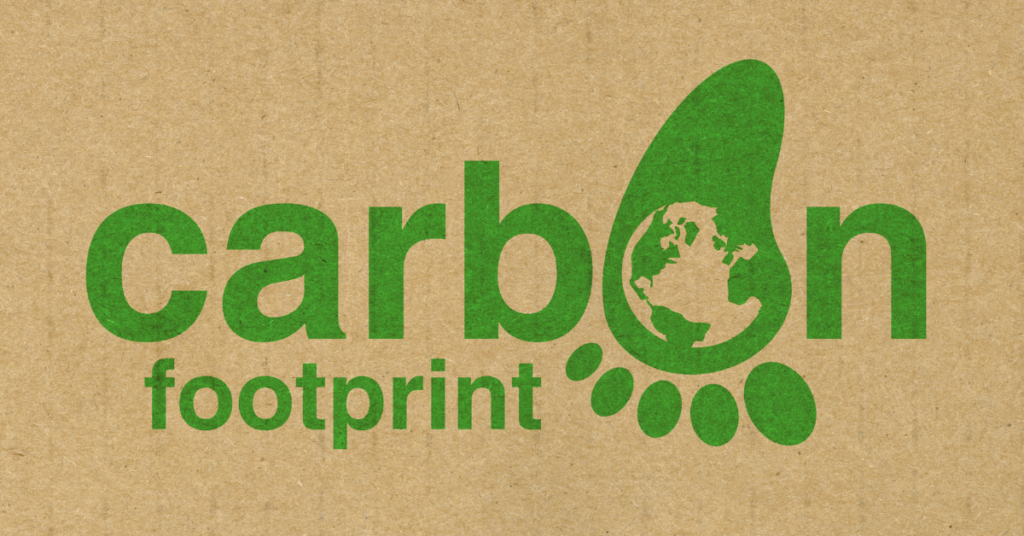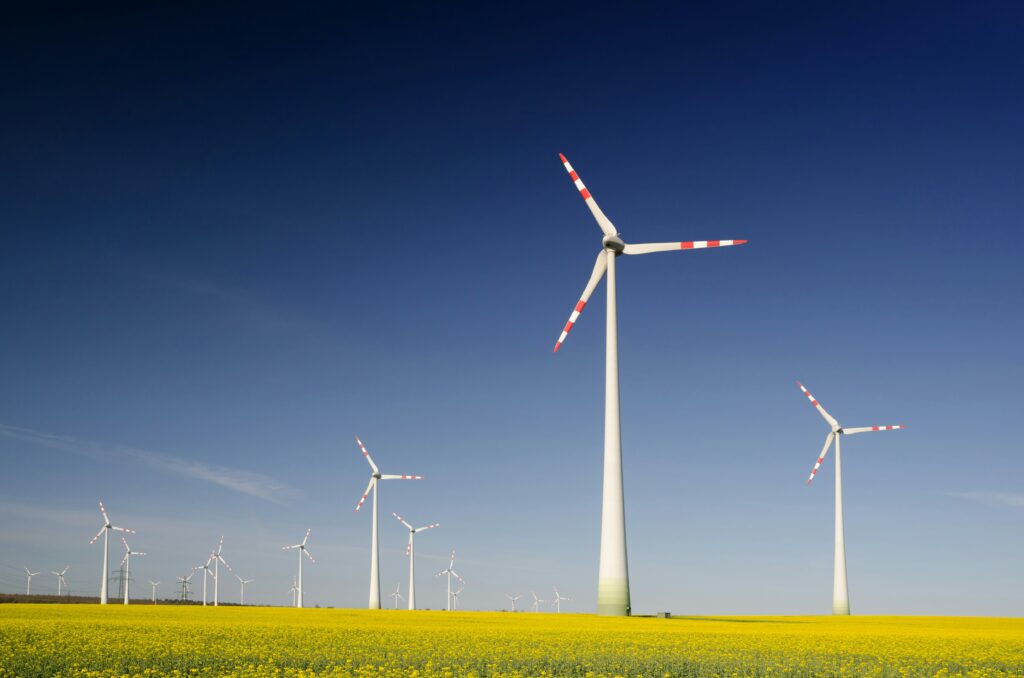What Is Renewable Energy?
In a nutshell, renewable comes from natural sources that won’t deplete over time, such as solar. When you hear the term ‘alternative energy’, it’s usually referring to renewable energy sources too, however there are other types energy that are considered ‘alternative energy’ (More on that later). Renewable energy means energy that’s different to the most commonly used non-sustainable sources – like coal.
What is the difference between renewable, green and clean energy?
The terms ‘green’, ‘renewable’ and ‘clean’ energy are often used interchangeably. Whilst this may be correct in some cases, there are a few distinct differences. This is most commonly seen in ‘green’ energy which in most cases is also classed as ‘renewable’, however ‘renewable’ energy is not always considered as ‘green’.
‘Renewable’ energy comes from sources that are constantly and naturally renewed, hence the name, such as solar or wind power.
‘Green’ energy is energy that can be produced using methods, and from a source, that causes no damage to the natural environment.
‘Clean’ energy is energy that, when used, creates little or no greenhouse gas emissions.
Now we know the meanings of each energy type, we can discuss why some may not be classified as ‘green’.
For example, the solar and wind power can be considered as both ‘clean’ and ‘renewable’ as when used they create little to no greenhouse emissions and use a source that is constantly naturally renewed. However, the building of infrastructure for these types of energy, such as wind turbines and solar panels, will have some carbon emissions are associated, therefore making it not ‘green’.
Examples of renewable energy
There is an ever-growing list of renewable energy sources that are becoming available, thanks to the investment in research and development as well as the advances in technology. Discover some of the most used renewable energy sources below:
Wind energy
Wind power is one of the worlds fasting growing renewable energy sources in the world, in fact wind power accounted for just over 19% of the UK’s electricity generation in 2019.
The generation of wind energy is the process if using kinetic energy from wind to produce electricity. This is done via wind turbines when the wind blows and turn the blades. The blades are connected to a generator with a gearbox, this in turn creates electricity.
Hydro energy
Hydro energy, or also commonly referred to as hydroelectric power, relates to the process of using flowing water to produce electricity. This is one of the oldest forms of renewable energy sources. The method is almost identical to wind power, except it is the flow of water than spins the turbine to generate electricity rather than wind.
Geothermal energy
Geothermal energy is created via heat that originates from the sub surface of the earth. The process includes digging well into these underground reservoirs to release steam and hot water. The steam that is released is used to drive the turbine, which powers a generator and produces electricity.
Geothermal energy is used widely across Iceland, in fact 25% of Iceland’s energy is produced through geothermal power plants.
Solar power
It’s estimated that the sun emits around 3.86 x 1026 watts of energy at any given time. Most of this is lost to space, however, its estimated that 174 quadrillion watts hits the earth. That’s more than the total energy needs of the whole planet, many time over! Therefore, solar power is one of the most plentiful renewable energy resources available to us.
Ever developing technologies has allowed us to harness the suns energy using solar photovoltaic system (PV) or more commonly known to users as solar panels. This converts the sunlight into electricity, which can be used to power appliances and heating, or alternatively can be stored in batteries to use at a later time.
Tidal energy
Tidal energy or also referred to as tidal power is a form of hydroelectric energy, is generated by harnessing the kinetic energy created by tides, waves, or flowing waters such as rivers. Tidal energy uses large turbines which are under the surface of the water, these are connected to generators to produce energy with incoming and outgoing tides.
The worlds first dedicated testing facility for marine energy was established in Orkney, Scotland in 2003. This facility has aided the development of more wave or tidal energy technologies than any other facility like this in the world.
Benefits of renewable electricity
Switching to a renewable electricity tariff has lots of advantages:
Less global warming
As we aim to reduce our reliance on fossil fuels and adopt more renewable energy alternatives. By adopting these new renewable energy sources, we can cut down the amount of greenhouse gas emissions and in turn contribute less toward global warming.
Better air quality and health
The by-products of burning fossil fuels can be detrimental to the air quality and in turn long-term health and wellbeing. However, renewable sources such as wind, solar and hydro energy don’t produce harmful by-products like nitrous oxide or carbon dioxide.
They constantly and naturally renew
As the population and development of the world grows, so does our demand for energy. Almost everything we do and need now requires some for of energy. Unlike fossil fuels like gas, coal and oil, renewable energy sources such as wind, solar and hydro have an infinite supply that constantly and naturally replenishes meaning they will never run out.
Cheaper in the long term
While the initial outlay for the infrastructure associated with renewable energy can be higher than traditional fossil fuels, it can be cheaper and more sustainable in the long term. In many cases, renewable energy sources such as solar panels require less maintenance, due to a lack of moving parts.
Alternative energy sources you probably haven’t heard of
Businesses and consumers across the globe are constantly looking for new energy sources and ideas to help the make smart energy decisions for the future. Here at Dyce Energy, we believe in renewable energy and the changing of the attitudes and processes of how people generate and use energy. Central to this will be discovering, developing, and investing in alternative sources of energy. The process for this has already begun, with some fascinating ways energy can be generated be implemented across the globe and even outside it!
- Solar wind
Research has begun at Washington State University with scientists working on an ambitious project to harness the power of solar wind, which if successful could generate 1 billion gigawatts of electricity. That’s 100 billion more power than the planet currently consumes, making this a possible game changer for the energy market. The technology to harness solar power already exists, best demonstrated by Japan IKAROS – a spacecraft that is solely powered by solar winds. With this in mind, the scientists biggest challenge is transferring all the gigawatts of power back to earth, which so far they are yet to figure out.
- Algal biofuels
Algae offers huge commercial potential as a possible alternative to liquid fossil fuels. This is due to the fact the carbon that they release has only recently been taken from the atmosphere via photosynthesis, this makes the image of algal fuels on the atmosphere minimal when compared to traditional fossil fuels. The production of algal fuel also has minimal impact on land and water resources as these ‘farms’ don’t require large spaces, especially when compared to traditional methods like cereal farming. Algal fuel can also be produced using sea water or even ‘grey’ wastewater making this a great alternative for energy with some across the globe already implementing this.
- Body heat
Sweden is renowned for its investment, research, and development of alternative and renewable energy sources with one of their latest energy sources being the Swedish people themselves. Engineers in Stockholm have created a way to harness the body heat generated by the 250,000 commuters who crowd into its central station on a daily basis. The body heat is funnelled through the stations ventilation system, it is then used to warm water in underground tanks which in turn is pumped into the heating system of a nearby office block – which conveniently is owned by the same company. This state-of-the-art technology is up and running, with the construction and installation of the system costing just $30,000. For a building whose construction costs run in the millions, this is an absolute bargain.
- Bioalcohols
As previously discussed with algal fuels, biomass can be converted into liquid fuels for transportation. Unlike algal fuels though other biofuels such as ethanol and biodiesel are already commercially available, and their popularity is rising quickly. In fact, during the original production and release of ford cars, Henry food intended to run all his cars on ethanol, but petroleum was much cheaper to produce. How times have changed!
- Dancefloors
This isn’t just smart tech, and its fun, too. Energy floors that have been implemented in Rotterdam harness the kinetic energy produced by revellers on the dancefloor. This is converted to electricity which is powering the lights on the dancefloor itself. With the average human taking roughly 150 million steps in a lifetime, there is no reason to believe why this is a form of technology cannot find wider commercial applications, think of shopping centres, busy high streets, anywhere with high footfall, these are all potential goldmines. Pavegen, a London based firm, are pushing ahead with this technology by developing the energy harvesting ‘smart street’.
- Jellyfish
Back to the geniuses in Sweden and at Gothenburg’s Chalmers University of Technology. One of the teams at the university are developing a biological fuel cell which derives from the fluorescent protein cells of a Aequorea Victoria jelly fish, or more commonly know as the crystal jellyfish. Now the research and development of this new innovative method of producing energy is still in its infancy, however the team so far have been able to show proof of concept by using a prototype of the device to power a clock. As much as it may seem like a pipe dream right now, one day, we could be seeing these biocells floating in the oceans, generating cheaper power with minimal environmental impact.
- Confiscated alcohol
The Swedes are at it again with this ingenious idea that fell into their laps. In 2007, 185,000 gallons of alcohol were confiscated at the Swedish border. Instead of during pouring it down the drain, like most of nations would, authorities decided to combine it with other fuel sources, like animal remains from slaughterhouses and human waste products in anaerobic digesters, where it was converted into a biofuel for public transport. Now it may sound disgusting, but by replacing 5 million litres of fossil fuels with 5 million litres of biogas, Sweden is able to reduce its carbon emissions by 12,000 metric tons in one city alone.
The Future Is Renewable: Make The Switch Today
Renewable energy is more than just a buzzword – it’s the future of sustainable business. By choosing renewable sources, your business can lower it’s carbon footprint and contribute to a cleaner, greener environment.
At Dyce Energy, we offer a 100% renewable electricity tariff to help businesses just like yours take the next step toward sustainability.
Ready to make the switch? Get a quote today and join the growing number of businesses choosing a renewable future.








